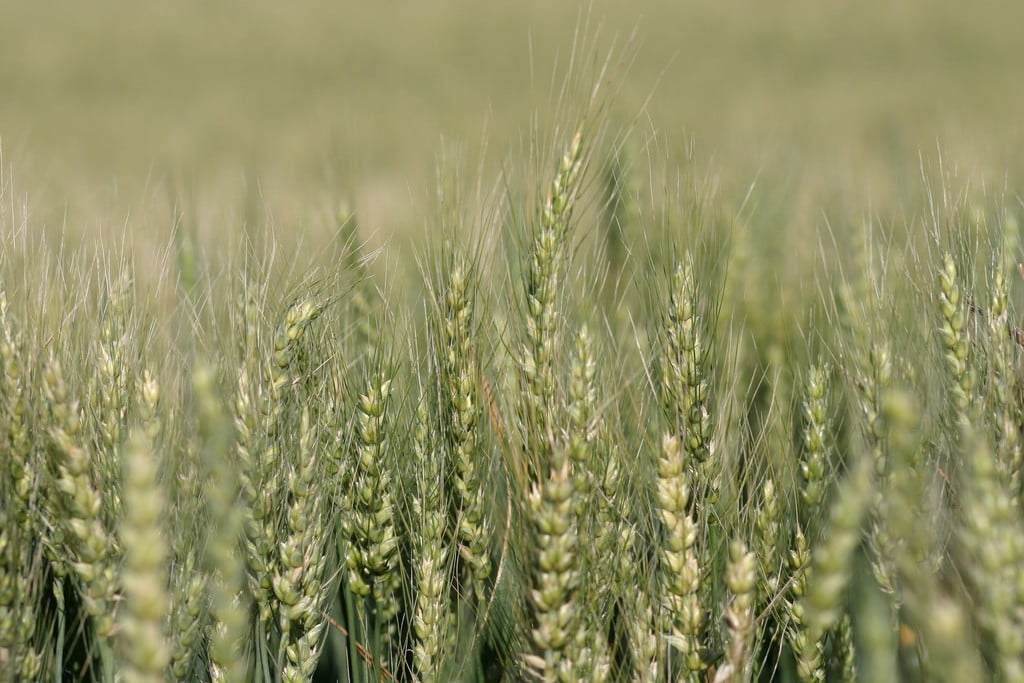The Risk Management Agency (RMA) has approved loss adjustment procedures for harvested production using acceptable scale types for claim purposes. Below are the procedures and producer requirements from the 2017 Loss Adjustment Manual that must be followed for acceptable scale types to be used in the settlement of a claim.
Procedures from 2017 Loss Adjustment Manual
Section 1002 – Production Weighed & Farm Stored
B. Acceptable Scale Types
The AIP (Approved Insurance Provider) must provide the following information (in writing) to the insured prior to harvest of what is needed to have acceptable scale weight tickets/records for loss adjustment purposes. Acceptable scale types are, as follows:
(1) Non-portable on-farm scales,
(2) Commercial elevator scales, or
(3) Grain carts provided the grain cart:
(a) Can produce printed tickets showing the weight,
(b) Has an integrated display panel to show the weight of the production in the cart, provided the cart is available so the capacity of the cart can be determined; or
(c) Is equipped with scales integrated with Bluetooth (or other wired or wireless) interface that is calibrated according to manufacturers’ specifications and capable of electronically recording and storing weight records on a field-by-field basis from which the insured can print all individual load tickets and detailed summary, including all of the required information listed in subparagraph C below. If a producer used multiple grain carts, but not all were equipped with the system described herein, the adjuster must verify the production by other means (i.e., bin measurements, sales records, etc.).
C. Acceptable Scale Weight Tickets or Records
(1) To be acceptable, each individual scale weight ticket or record for each load must be available and must provide at least the following information:
(a) Insured’s name;
(b) Crop;
(c) The gross weight, per load, of the conveyance with production and the gross weight of the conveyance without production, except as stated in (i) below;
(i) Only the gross weight, per conveyance, of the production is required if the production is weighed using a grain cart that:
(A) prints out weight tickets showing the gross weight of production;
(B) has an integrated display panel showing the gross weight of the production from which the insured documents the weight; or
(C) is equipped with scales integrated with Bluetooth (or other wired or wireless) interface that is calibrated according to manufacturers’ specifications and capable of electronically recording and storing weight records on a load by load basis from which the insured can print all individual load tickets and detailed summary, by unit, which includes all of the required information.
(ii) Scale Weight tickets/records printed from grain carts should be photo copied since the print can disappear with time.
(d) Date weighed;
(e) Load Number (if the scale used does not print a number, the insured must apply a number);
(f) Unit and/or field identification from which the production was harvested that can be correlated to the unit numbers for the crop stored. To be acceptable, the adjuster must verify that the field identification can be correlated with the unit numbers for the crop for the current crop year. If a field identification cannot be correlated to a unit number for the crop, the production must be considered commingled, and the procedures in paragraph 1233 apply.
(g) Identification and location of farm-storage structure in which the load(s) from each field are stored and/or satisfactory explanation of disposition of the production if any or all of the production is no longer stored at the time of inspection; and
(h) When scale weights are from a grain cart that cannot produce printed electronic records or weight tickets, but the grain cart has an integrated display panel, a record is considered a handwritten contemporaneous log if the insured has recorded all of the information required below for each grain cart load weighed.
(2) A summary record of all scale weight tickets/records is not acceptable. The insured must hand-write any of the required information listed in (1) above if the scale used is not capable of printing a ticket or the required information.
(3) To convert scale weight to units of measure, divide the weight by the standard weight per unit of measure. (Refer to the GSH for standard weights by crop). Example: The standard weight for a bushel of wheat is 60 lbs. (10,256 lbs. ÷ 60 lbs. = 170.9 bu.). This bushel amount would be entered in the column for gross production on the PW. Refer to the GSH, Unit of Measure of Production, by crop.
(4) Pre-harvest appraisal in lieu of the adjuster measuring & accepting the insured’s weight tickets, when:
(a) production will be stored in such a manner that the production cannot be measured (refer to subparagraphs 921A(3)(c) and (d)) to determine whether the weighed production was within the three percent (3%) tolerance as stated in A(1)(a) above (e.g., high-moisture corn stored in airtight structures). If a pre-harvest appraisal is not done to determine the PTC, the claim must be denied because the insured does not have verifiable records of the stored production in the absence of the AIP being able to verify the actual harvested production in the structure by measuring the production in the structure.
(b) the insured intends to farm store production in commercial-sized storage structures. However, if a pre-harvest appraisal is not done, the AIP must still measure the stored production or have the stored production measured at the AIP’s expense. When loss adjustment inspections are required for such units, the insured cannot be charged or told by the AIP that they have to pay for such measurements.
Source: NAU Country

